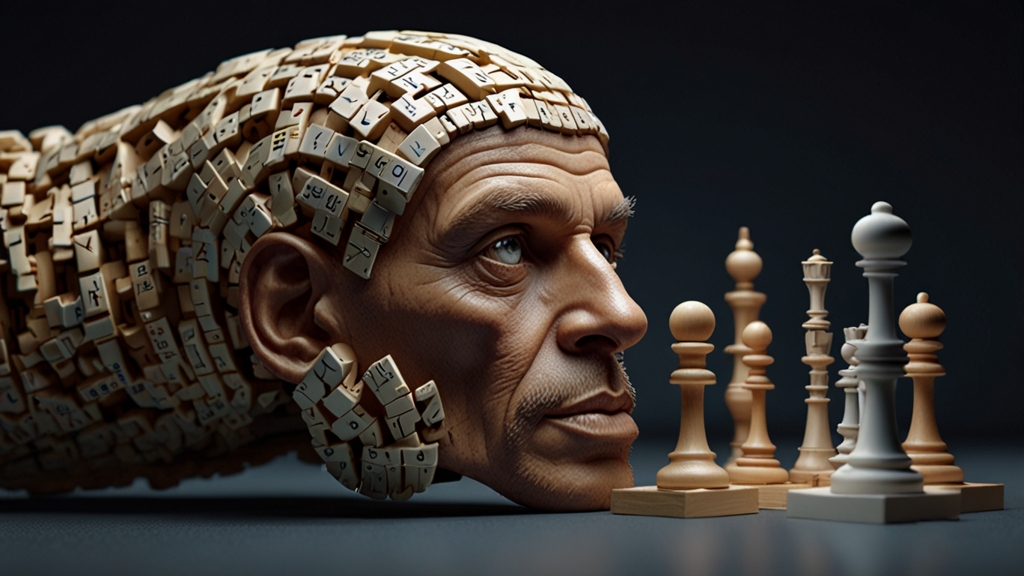How Logic Can Solve Your Most Confusing Problems
In an age where complexities abound, it's easy to feel overwhelmed by the various problems that life throws our way. Whether it's a professional challenge, a personal dilemma, or a societal issue, the need for effective solutions is ever-present. Logic, the cornerstone of reasoned thinking, offers a powerful toolkit for breaking down and resolving these challenges. By applying logical principles, you can make sense of the most confusing problems and arrive at more rational, effective solutions.
Understanding Logic
Logic is the systematic study of the principles of valid inference and correct reasoning. At its core, logic is about discerning patterns and connections, identifying errors in thought, and making well-supported decisions. There are several types of logic, including deductive, inductive, and abductive reasoning.
Deductive logic starts with general premises believed to be true and derives specific conclusions that must follow from them. For example, if all humans are mortal and Socrates is a human, then Socrates must be mortal.
Inductive logic works the other way around, starting with specific observations and moving toward broader generalizations. For instance, if the sun has risen in the east every day throughout history, we may induce that it will rise in the east tomorrow.
Abductive logic involves forming the most likely explanation based on the available evidence. It’s often used in diagnostic fields like medicine and forensic science.
Breaking Down Problems Logically
When faced with a complicated problem, starting with logical breakdowns can bring clarity. Here's a structured approach to apply logic to problem-solving:
1. Define the Problem
Clearly articulate what the problem is. Many confusing problems become more manageable once they are precisely defined. Ensure you understand the scope and impact of the issue at hand.
“A problem well-defined is a problem half-solved.” – John Dewey
2. Gather Information
Collect as much relevant information as possible. The facts should be clear, accurate, and unbiased. This step ensures that any subsequent reasoning is based on a solid foundation.
3. Identify Assumptions
List out any assumptions you're making about the problem. Challenging these assumptions can sometimes uncover hidden aspects of the issue that need addressing.
4. Formulate Hypotheses
Generate possible solutions or explanations. Use deductive logic to test these hypotheses against your collected data. Ensure your conclusions follow logically from your premises.
5. Evaluate and Test
Scrutinize your hypotheses through evaluation and testing. This might involve experimentation or simulation to see if your proposed solutions hold up under scrutiny.
Logic in Everyday Situations
Logic isn't just for academics and scientists; it's a valuable tool in everyday life. Here are some common situations where logical thinking can provide clarity:
Decision-Making
Day-to-day decisions, whether trivial or significant, benefit from a logical approach. Weighing pros and cons, considering long-term outcomes, and avoiding common logical fallacies can lead to better choices.
“In life and business, logic rules.” – Henry Blodget
Conflict Resolution
Personal or professional conflicts often stem from misunderstandings and emotional responses. By applying logic, you can identify the root causes and address them rationally, paving the way for equitable solutions.
Time Management
Effective time management often involves making logical choices about prioritization. By logically ordering tasks based on importance and deadlines, you can make the most efficient use of your time.
The Limitations of Logic
While logic is a powerful tool, it has its limitations. Purely logical approaches might miss emotional, ethical, or creative dimensions of a problem, which can also be important. Therefore, it’s vital to balance logic with intuition, empathy, and other forms of reasoning.
Addressing Emotions
Logical analysis can sometimes seem cold and detached. When problems have emotional components, incorporating empathy and emotional intelligence into your logical framework can yield more compassionate and comprehensive solutions.
Ethical Considerations
Not every problem can be solved by logic alone, especially when it comes to ethical dilemmas. Here, principles, values, and societal norms play crucial roles that logic alone cannot fully encompass.
Conclusion
In a world full of complex problems, logic serves as a valuable ally, guiding us toward clearer understanding and more effective solutions. By embracing logical frameworks and balancing them with other modes of thinking, you can navigate even the most confusing issues with confidence and insight.
“The essence of the independent mind lies not in what it thinks, but in how it thinks.” – Christopher Hitchens









